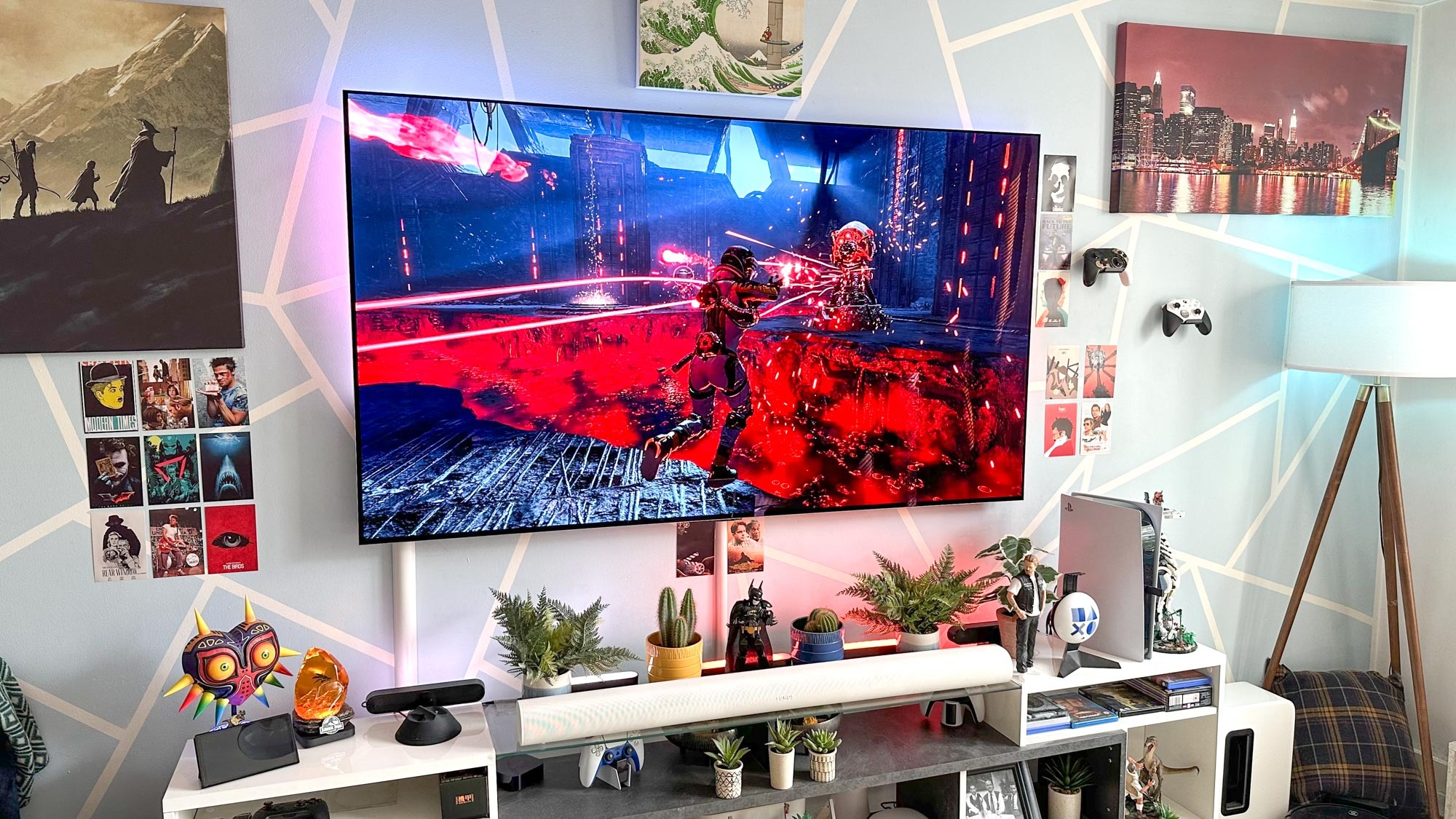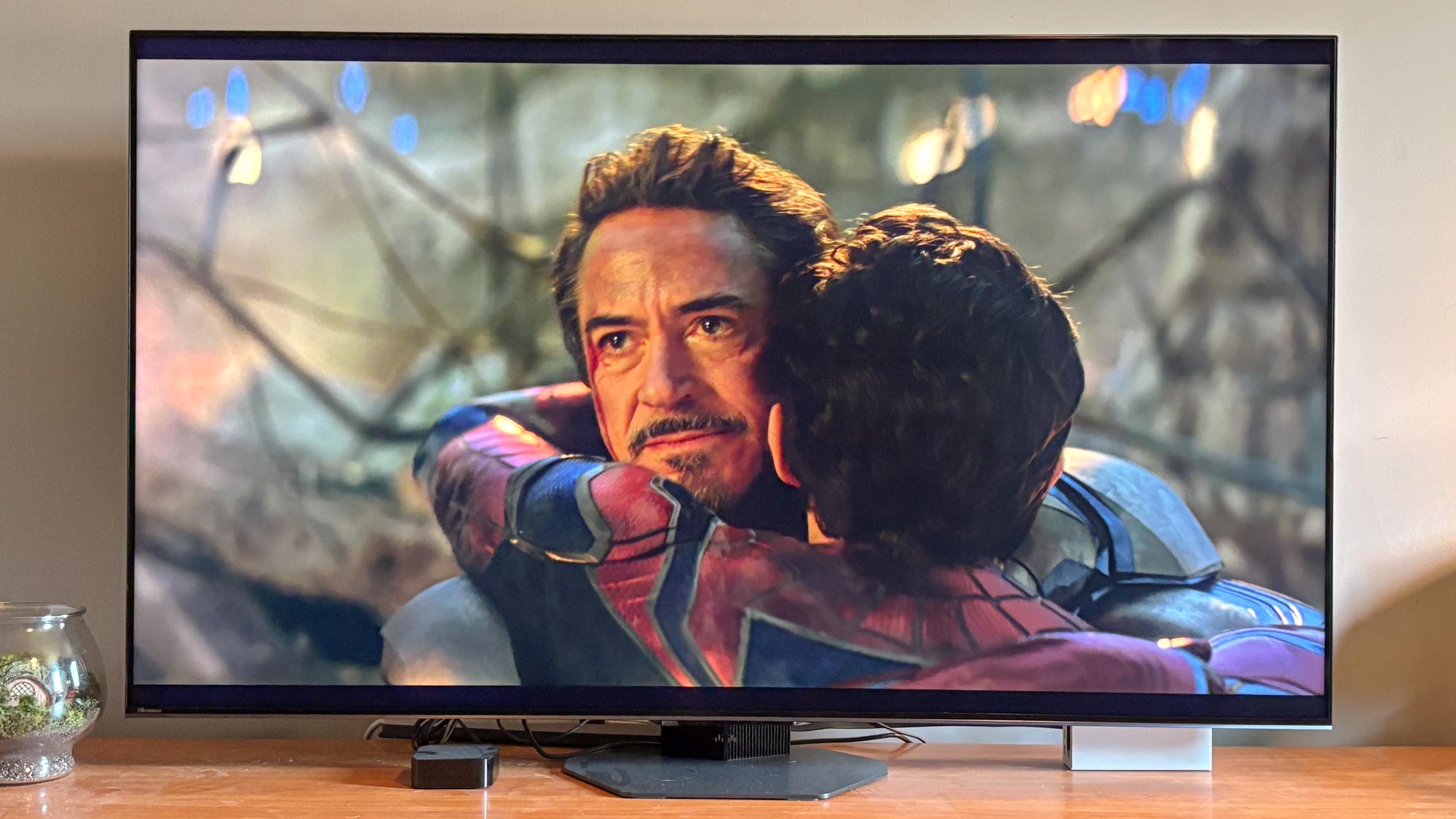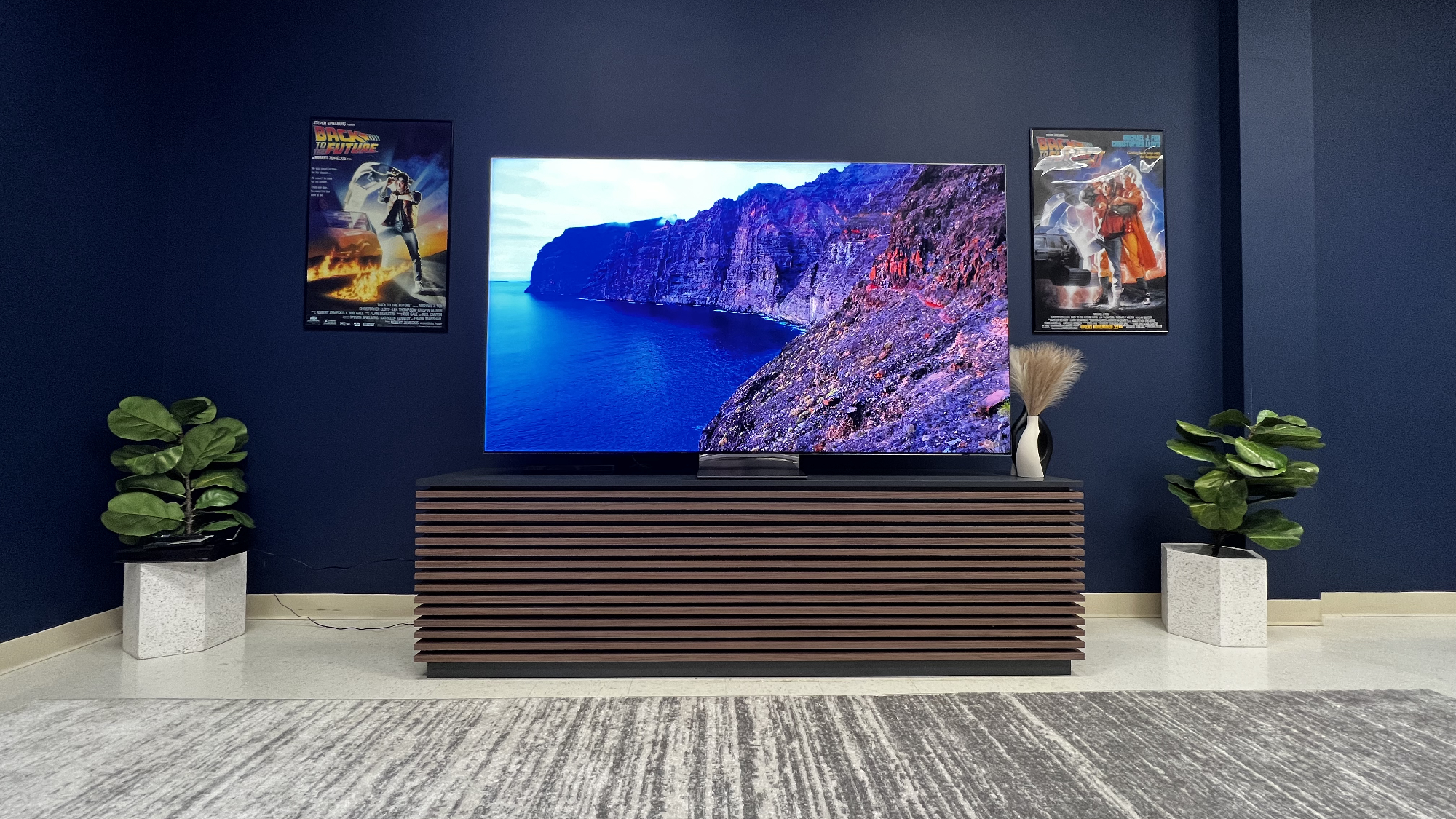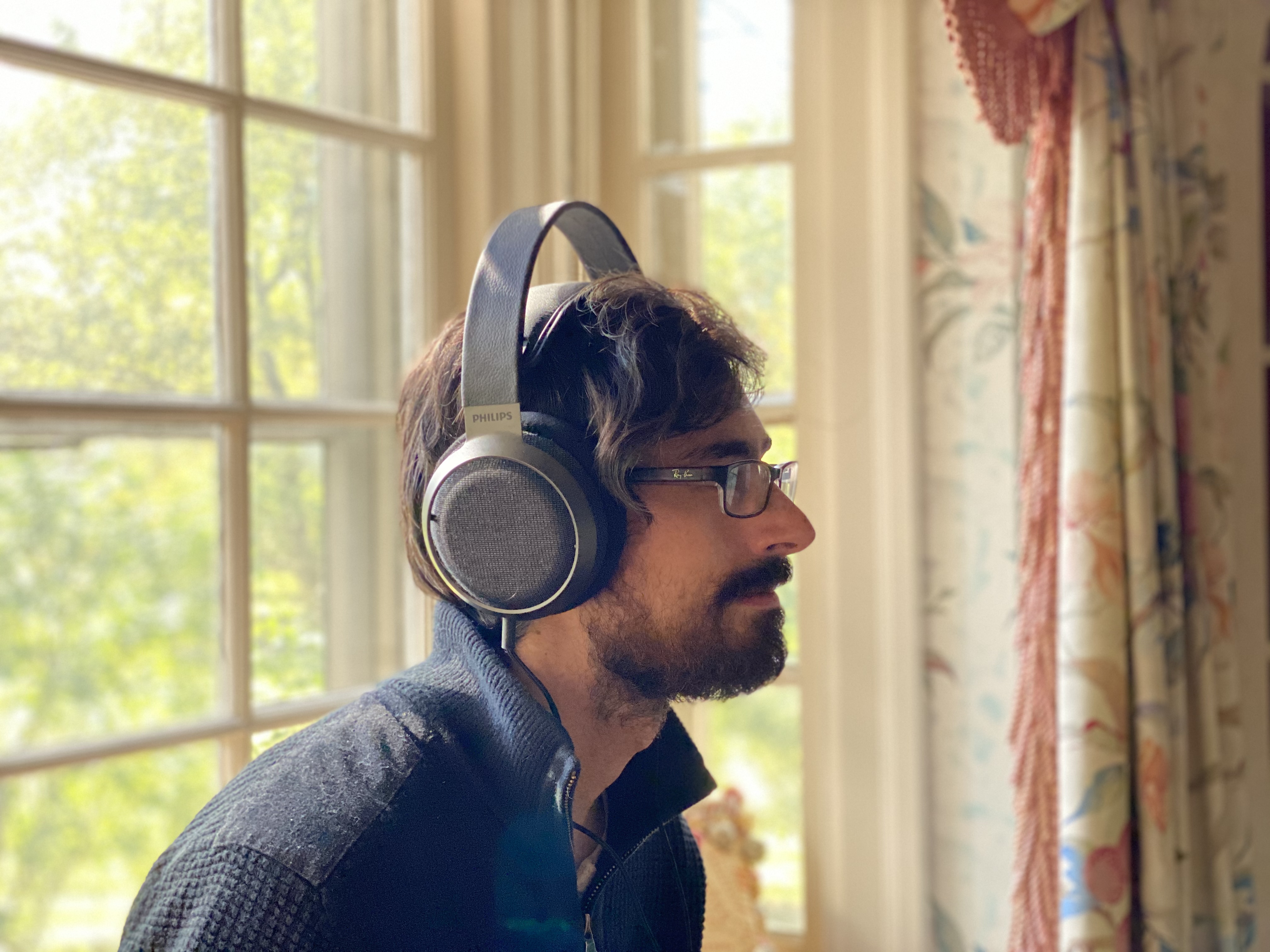
The PS5 Pro is poised to be one of the best-performing consoles we’ve ever seen when it launches later this year. Sporting an upgraded AMD GPU, the Pro is capable of running games at a higher frame rate than the base version, all while providing some new technical features like advanced ray tracing and AI-Driven Upscaling.
It might not be the momentous leap in performance many of us had hoped for, but the PS5 Pro is certainly going to push the envelope of what we've seen from this console generation. The question is, is your current TV up to the task?
While most older TVs will still be able to play games at the 4K/60fps output promised by Sony, only some TVs will have the HDMI 2.1 ports and 120Hz native refresh rates necessary to play games at the console’s highest settings.
Thinking about upgrading your display before plunking down the $700 for the PS5 Pro? Here’s what you should keep in mind when shopping for a new TV, along with a few recommendations of perfectly compatible screens from our Best TV list.
What TV specs really matter for the PS5 Pro?
You don’t need to upgrade to get the basic functionality from the console — most TVs (and even most monitors) will work just fine.
Before we dive into what makes one set of TV specs better than another, let me be clear: Any TV with an HDMI port will be able to connect to and play games on a PS5. You don’t need to upgrade to get the basic functionality from the console — most TVs (and even most monitors) will work just fine.
That said, some TVs are better equipped to play games at the highest settings.
If you're like us and you're chasing the dragon that is 4K/120fps performance, you’ll need a TV with at least one or more HDMI 2.1 ports that supports an Auto-Low Latency Mode, with HDR10 support, and a native refresh rate of 120Hz.
Sign up to get the BEST of Tom's Guide direct to your inbox.
Get instant access to breaking news, the hottest reviews, great deals and helpful tips.
On the audio side of things, because the PS5 and PS5 Pro also support Dolby Atmos audio playback, you'll want to buy a TV that can either use that data stream itself or pass it along to a connected soundbar via its eARC port, too.
That can be a tall order if you're used to looking at budget TVs, as most of those lack the refresh rate and/or HDMI ports necessary to pass along all that graphical goodness. In addition, most of the time, these sets have tiny down-firing speakers that simply just can't play back Dolby Atmos tracks. The good news is that there are a bunch of TVs that support all the right specs and won't leave you bankrupt after your big purchase.
What TVs are a good match for the PS5 Pro?

Now that we know what we're looking for, we can start matching that up with some TVs. Sure, you could simply buy one of the best OLED TVs, like the Samsung S95D or LG G4 OLED, and rest easy knowing that you’ve covered all your bases — but folks looking for a better value pick have a few other options out there.
The one TV that I've been pairing the most with my PS5 is the Hisense U8N Mini-LED. It nails the basic requirements for the PS5 Pro, plus it comes with a great built-in Dolby Atmos speaker system. It has a relatively fast response time of 13.1ms and a peak brightness of 3,469 nits — more than enough headroom to make the streets of NYC gleam in Spider-Man 2. It's also available in a 65-inch screen size for $899.
That said, the Hisense isn't your only option. The TCL QM8 (2023) has all the same specs and comparable brightness for right around the same price, or you could spend a bit more on the LG C4 OLED for better black levels and contrast plus two more HDMI 2.1 ports that you can use for a gaming PC and/or the next Xbox (whenever that's announced).
Should you buy an 8K TV for the PS5 Pro?

Admittedly, it’s probably not necessary to upgrade to an 8K TV for the sole purpose of the PS5 Pro. You can, sure, but you’re putting all your eggs in the basket that Sony will follow through with 8K games — a topic that the company hasn’t been especially clear about.
The real benefit to buying an 8K TV this early in the adoption cycle is that it comes with all the features we talked about above — and then some.
Extra features found on 8K TVs include faster, more powerful processors and better sound systems. The Samsung QN900D, Samsung's flagship 8K TV for 2024, can now use its processor to hit a 240Hz refresh rate, though that's currently only available when it's paired with select Apple silicon and Nvidia GPUs.
In short, there are plenty of nice features to be found on 8K TVs, especially if you plan on using the TV for more than just playing games, but they’re definitely nice-to-haves and not essentials. For now, stick with a slightly higher-end 4K TV like the Hisense U8N or LG C4 OLED. They’ll offer all the specs that really matter at a much more affordable price than any 8K TV.

Nick Pino heads up the TV and AV verticals at Tom's Guide and covers everything from OLED TVs to the latest wireless headphones. He was formerly the Senior Editor, TV and AV at TechRadar (Tom's Guide's sister site) and has previously written for GamesRadar, Official Xbox Magazine, PC Gamer and other outlets over the last decade. Not sure which TV you should buy? Drop him an email or tweet him on Twitter and he can help you out.
